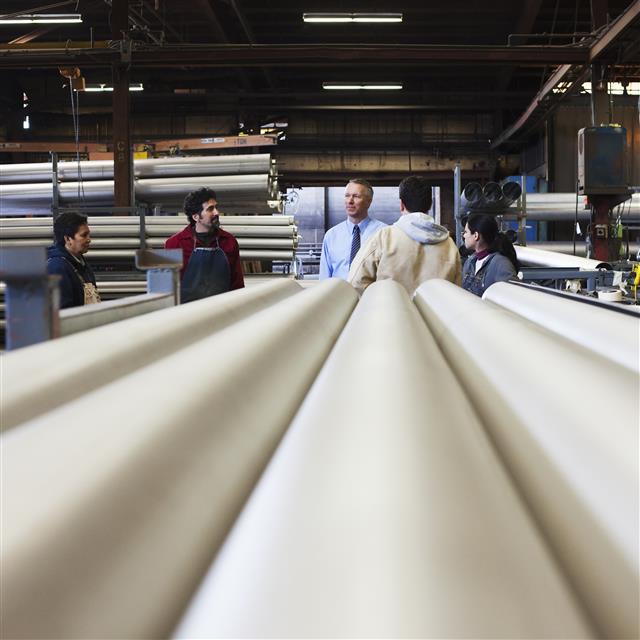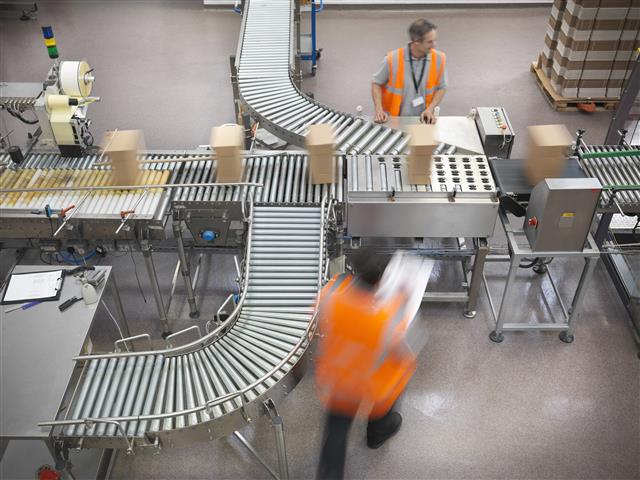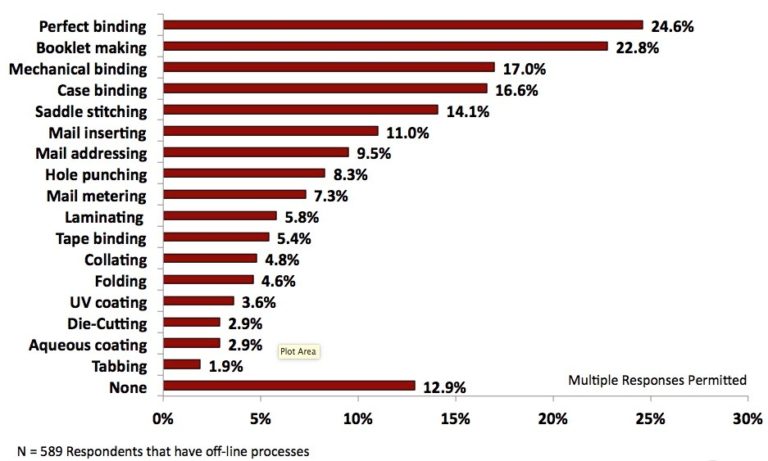Written by Howie Fenton,
Senior Technology Consultant, NAPL

Have you ever considered how much money is lost each year due to inefficient processes, work in piles (bottlenecks), and waste?
On a recent assignment, I calculated the savings before and after. In other words, the benefits associated with a good plant layout and workflow as opposed to a bad plant layout and workflow. Some of the benefits are associated with material waste, some are from reducing piles (work in process), and others are associated with what the Japanese call “Muda.”
Muda is a term from quality improvement programs such as those associated with Toyota and include waste, idleness, mistakes, and a whole host of other unproductive time killers. The good news is that these costs can be cut considerably by improving a lot of little things such as plant layout, maintenance, materials and tool storage and individual production procedures such as staggering preproduction materials.
The difference between a good workflow and an inefficient one is somewhere between 12% and 25%. This is measured in several different ways. I’ve seen increases from an improved workflow such as: 3-4 more offset jobs/shift/press, 10-20% more digital sheets printed/shift/machine, and 5-10% more posters/shift/machine, and 4 to 8 hours of less overtime/staff/week.
An optimized workflow results in increased productivity and decreases in wasted materials and time. Typically, the difference between an optimized workflow and an inefficient workflow results from three things: productivity/time (products/hour), material waste (rework) and/or getting work out of piles (reducing work in process).
Start with Measurement
Often times companies don’t even know how much poster material, offset plates, or paper is being damaged or wasted every day, because it’s not measured.
I’ve seen paper, posters and plates damaged as it navigates through doors, around corners, or gets transported on carts. In one company in the Midwest, one in ten plates had to be remade because of the long path and multiple doors that has to be traversed as the plates were transported from the plate room to each press. At a university in-plant, I noticed that posters waiting to get trimmed were placed on a desk that damaged almost 20% of them.
Another aspect of a good plant layout is that it minimizes the paths that people cross. Every time you have people cross each other’s paths, you increase the likelihood of damaging materials (paper, plates, and posters), and the possibility that they will stop to have a conversation.
One of the tools we use to analyze the efficiency of plant layout is a spaghetti diagram. Think of it as a time elapsed picture of how people walk through the plant. When you find that the spaghetti diagram crosses a lot of paths, it’s usually a sign of either potential damage to materials or inefficiencies due to conversations.
In an assignment with a national franchise, we found that reducing the number of paces between adjacent steps, better monitoring work in piles, and minimizing the number of times people crossed each other’s paths increased the number of shipped products by 20% a day.
- How much does it cost to rerun one job?
- Have you had a good month turn into a bad month as a result of one mistake?
- When was the last time you tackled the time wasted because work sits in piles?
—
Howie Fenton is a consultant and business advisor at NAPL. Howie advises commercial printers and in-plants on benchmarking performance against industry leaders, increasing productivity, and adding digital and value services through customer research. For more information click here.




Great article. This applies to all business processes!
Great blog. Every business owner should look at this.